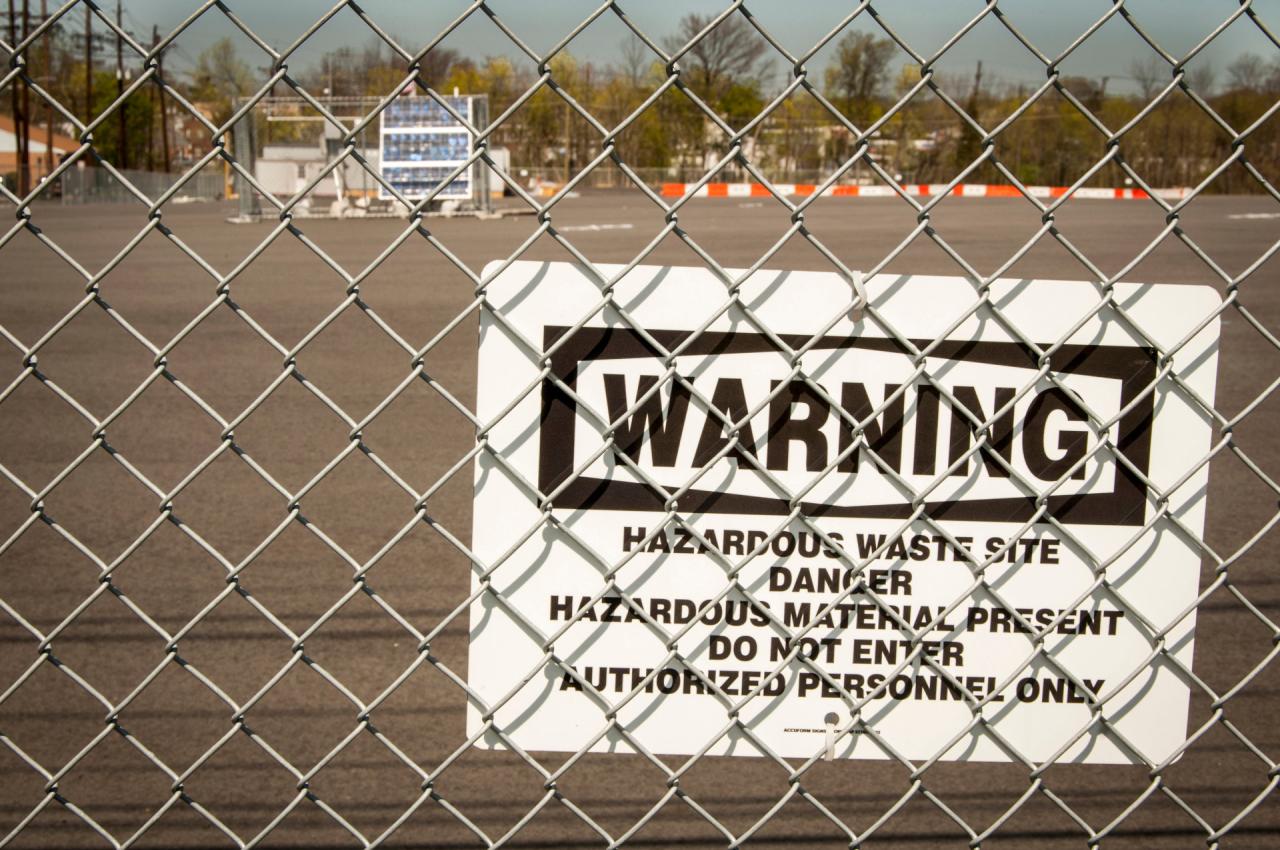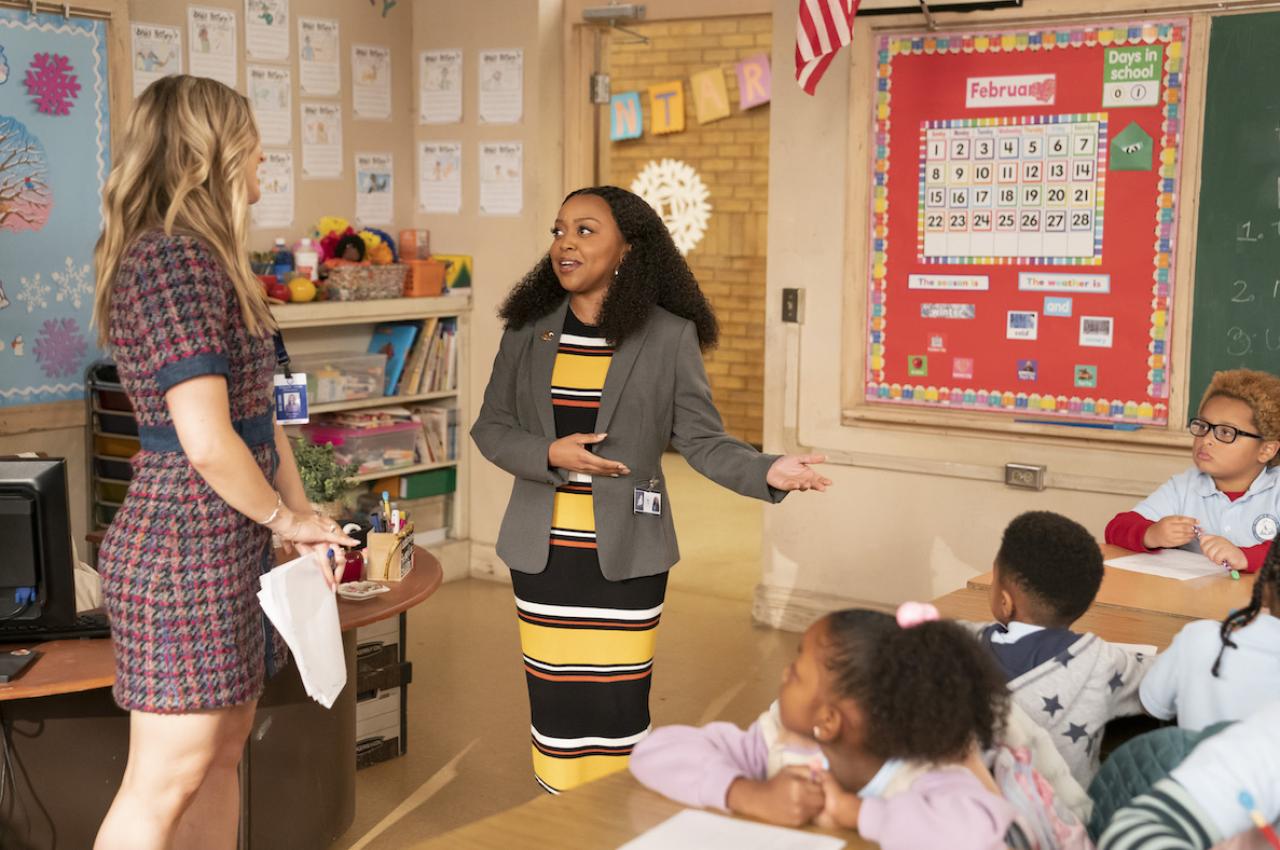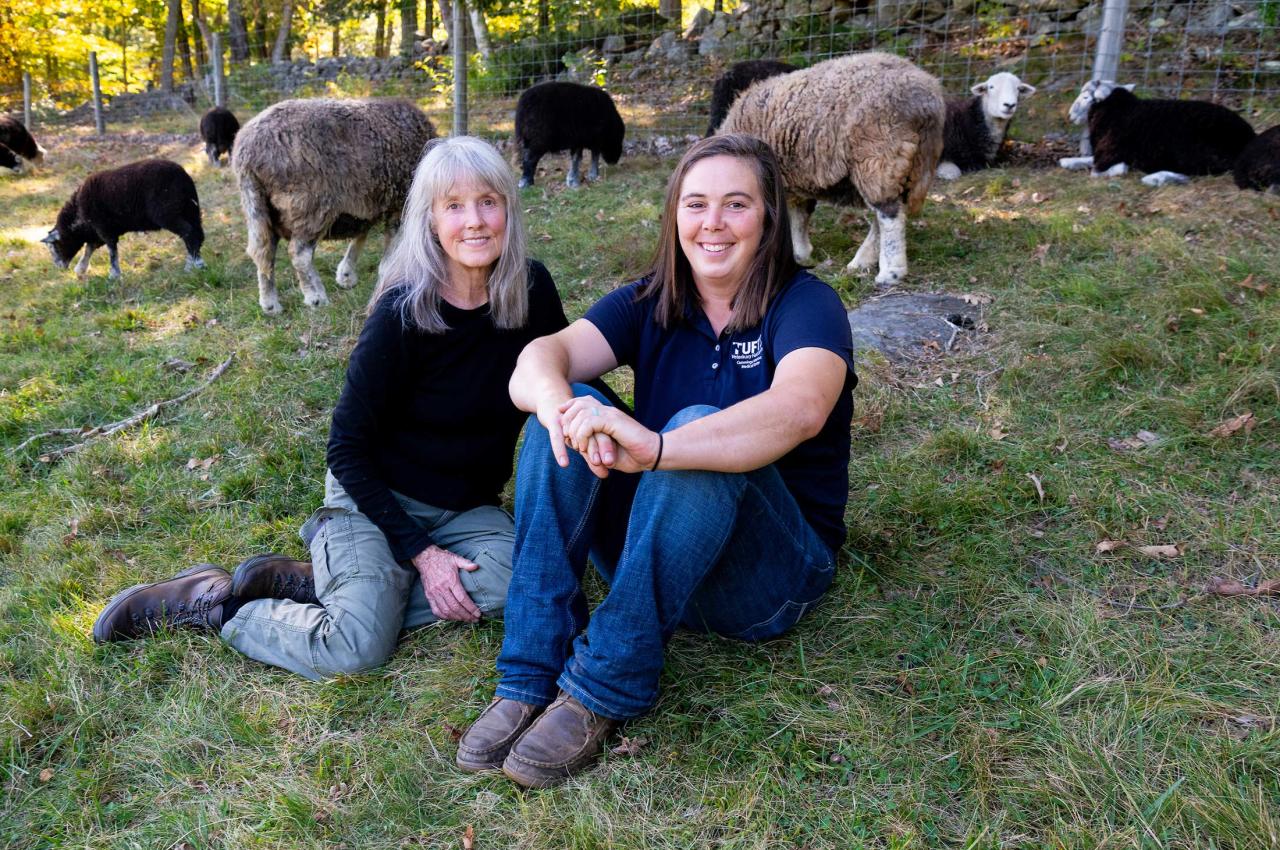Leon Li’s Transcendent Harmonicas
As a mechanical engineer, Leon Li is naturally fascinated by how things work. His focus, though, is anything but typical. He’s making his mark with innovative harmonicas.
A Ph.D. student studying musical instrument acoustics at the School of Engineering, as well as a talented musician, he is expanding the interpretation of classical music on harmonica with fresh ideas about design, mechanics, and materials and how they can meet the expectations of professional players.
It’s a quest that even extends to the name he chooses to inscribe on the finished product he designs and builds from scratch. Take his one-of-a-kind, top-line model: “Ling” is a Chinese word that translates into “tail feathers”—emblems of the colors of tone and lightness of sound he wants his instruments to achieve when brushed by air.
Ling certainly lived up to that aspiration this past summer, when Li brought it with him to the Seoul International Harmonica Festival. He won grand prize performing Beethoven’s No. 9 Violin Sonata “Kreutzer.”
“I would never have won without Ling,” he says. “The piece is one that heavily relies on a wide range of timbre and dynamics, in contrast to the more traditional style of playing that is more focused on speed and multi-note playing. Ling is the exact result of my looking for something that could offer the required tonal control and dynamics.”
Leon Li with Ling, a harmonica that he designed himself and played in his award-winning performance at the Seoul International Harmonica Festival. Photo: Alonso Nichols
Li, who has been designing harmonicas since high school, was an engineering undergraduate at Boston University when he was connected to Chris Rogers, John R. Beaver Professor of Mechanical Engineering at Tufts, who is noted for his pioneering work in musical instrument design.
Li was all set to come to Tufts but first had to wait out the pandemic at home in Shanghai, although he was hardly idle. He earned an online master’s at Columbia University and, in his own workshop, built custom harmonicas. He also began designing for Jiangyin Soundreal Music Instrument Co.
Tufts, he says, is a great place to continue to innovate. “One of first things that I learned when I came to Chris’ lab is to question everything,” he says. “That’s the kind of culture I want to have around me: Challenge everything.”
What was your first harmonica?
I first picked up a harmonica in elementary school when we were given harmonicas as an introduction to music. I got more serious in high school when a teacher gifted me a German-made chromatic harmonica. It had a totally different, more controlled sound than I was used to. I am very grateful for that introduction to what harmonicas could achieve.
How did you start designing?
When I was finishing high school, I came up with a couple of designs that help focus the airstream down on the tip of the reed to make it much more responsive. I then gave a person who knew CAD my curvature data. Even in my newest model, the wind channel design inside the comb is still from a design I made in high school.
How does your instrument design make the most of a player’s technique?
Depending on how you breathe and where you put the tip of the tongue, you can create different sounds and different colors or timbres, such as bright, harsh, or soft. In a way, it’s like you’re speaking through the instrument. My design makes that control mechanism much easier and makes the largest possible volume even larger.
What are you looking to achieve musically?
Traditionally, pieces written for harmonica have less variation in the tone and color; they are based on playing multiple holes at the same time. But what I want to do is really bring out the quality of each individual note. I want to enrich the possibilities of what the artist can do.
What do you want to bring to harmonica acoustics research and harmonic design and manufacturing?
My personal branding is that I don’t consider anything to ever be the best because I’m always trying to push the boundaries of the instrument. I am an engineer—and that’s as rock solid as it sounds. But when it comes to art, it’s all about the possibilities.
Latest Tufts Now
- Addressing Population Disparities Near the Worst Superfund SitesTufts researchers develop a scoring system to prioritize cleanup at polluted sites for most-affected communities
- Why Does Matter Even Exist? Tufts Physicists Help Uncover CluesAnalysis of international physics experiments finds neutrinos may have tipped the matter/antimatter balance at the beginning of the universe
- When an Old Flag Isn’t So GrandMany states are redesigning their flags. Will it change how people feel about their home states?
- Uncovering the Biology of Growing OldLarge study in pet dogs uncovers potential new biomarkers of aging that may one day help them—and humans—live longer, healthier lives
- For Real Talk About Public Education, Check Out This Fictional SchoolAmid the many TV shows that get public schools wrong, Abbott Elementary’s nuanced stories and characters are a “palate cleanser,” say Tufts education experts
- Tufts Veterinarian Helps Produce First Purebred Herdwick Sheep Born in U.S.Years of planning, precision timing, and the persistence of a local farmer culminated in the birth of 11 lambs this summer













